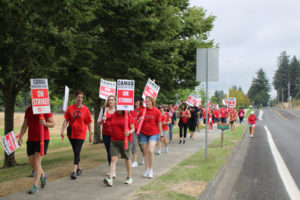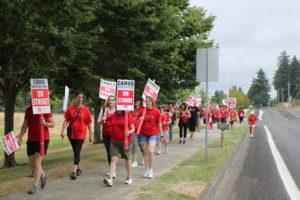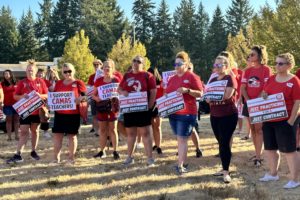The Camas School District avoided a teacher strike this year, but that doesn’t mean the district is completely out of the woods.
Like many Washington school districts trying to figure out the state’s new public school-funding model after state legislators’ “McCleary fix,” Camas faces long-term challenges.





